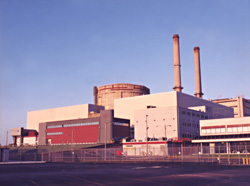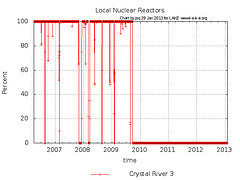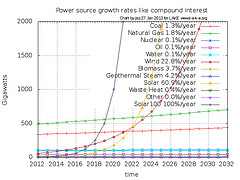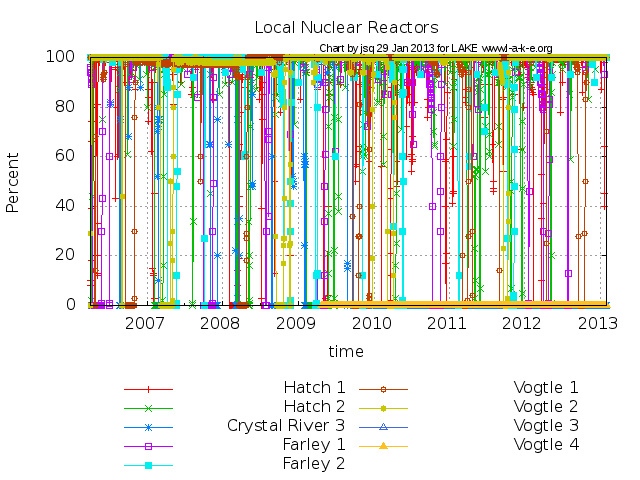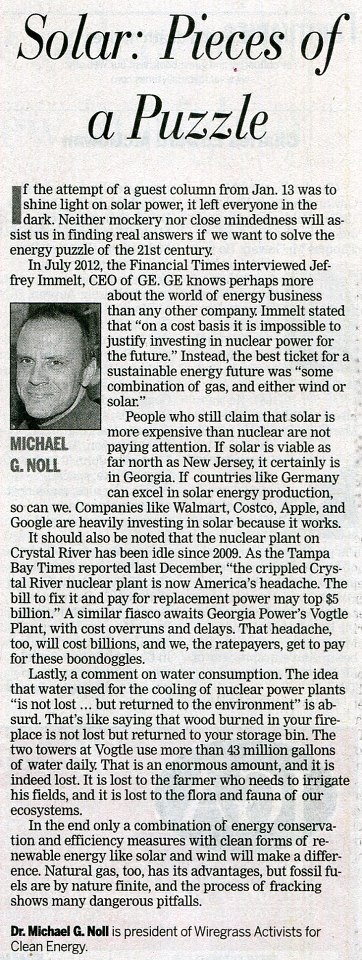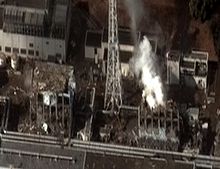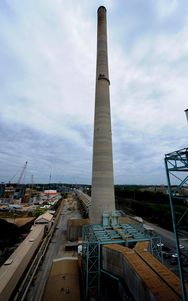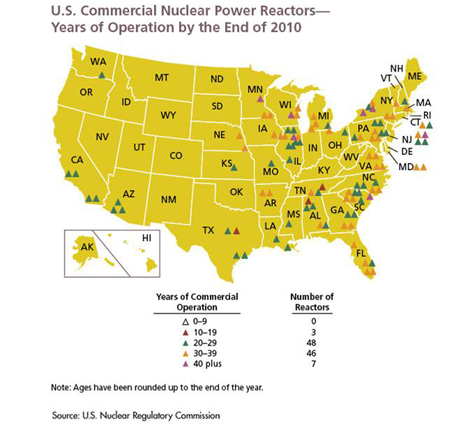My op-ed in the VDT today; I’ve added links, plus some more after the op-ed.
Continue reading
Finally! Kewaunee, Calvert Cliffs, and now Crystal River permanently closing say it’s time for Georgia to stop wasting money on Southern Company’s already over-budget and increasingly-late nukes and get on with solar power and wind off the coast: for jobs, for energy independence, and for clean air and plenty of clean water.
- February 2013:
- Duke Energy is closing the Crystal River nuclear reactor (Tampa Bay Times, 6 Feb 2013), 160 miles south of us, because nobody wants to pay to fix it: between “$1.5 billion and $3.4 billion, plus what it costs to buy power to replace what Crystal River would have produced while it is being repaired” [Charlotte Business Journal, 11 Jan 2013].
- November 2012:
- NRC terminated Maryland’s Calvert Cliffs 3 (NRC 1 Nov 2012) after Constellation Energy dropped out because the cost “is too high and creates too much risk for Constellation” [Bloomberg 10 Oct 2010].

